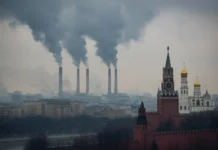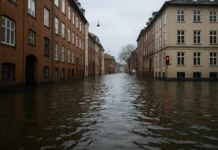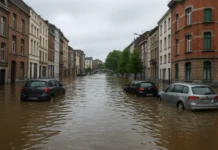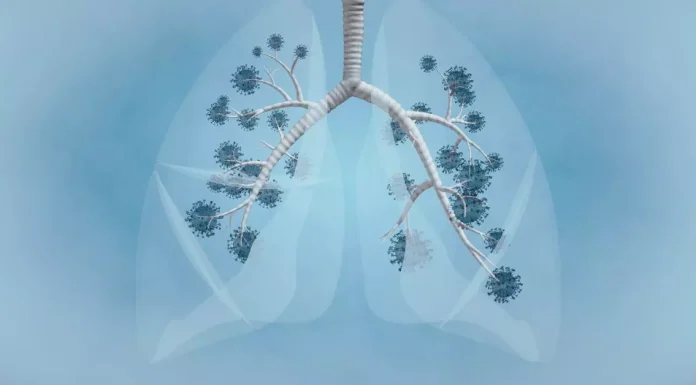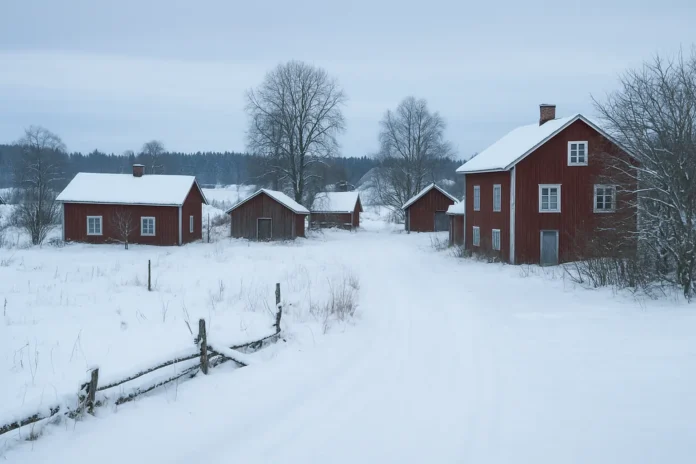
Finland consistently ranks among the world’s happiest and most stable countries, known for its strong welfare system, high-quality education, and clean, well-protected environment. Yet beneath these strengths lie deep structural challenges that threaten the country’s economic resilience, demographic balance, and long-term social cohesion.
From population decline to healthcare shortages, Finland faces issues that require sustained political will, innovation, and adaptation — especially in a rapidly changing Europe.
Below are Finland’s 10 leading problems today, explained clearly and accurately.
Rapid Population Aging and Declining Birth Rates
Finland has one of Europe’s fastest-aging populations and one of its lowest fertility rates. As young adults delay or opt out of parenthood, the number of working-age people continues to shrink. This imbalance increases pressure on pensions, healthcare, and the national budget. Rural areas are aging even more rapidly, exacerbating regional inequality.Labor Shortages in Key Sectors
Hospitals, elder care facilities, tech firms, and industrial companies all face persistent labor shortages. While Finland needs both skilled and unskilled workers, attracting foreign talent is challenging due to language barriers, complex licensing regulations, and perceptions of a long, dark winter.Rising Healthcare Pressure
Healthcare demand is growing faster than the system can keep up. Many hospitals face staff shortages, long waiting times, and uneven services across regions. The new welfare regions (hyvinvointialueet) are still adjusting to major administrative reforms, causing disruptions and budget overruns.Regional Inequalities: Thriving South, Declining North and East
While Helsinki and southern Finland grow economically, many northern and eastern regions face shrinking populations, job losses, and reduced services. The gap between urban and rural municipalities continues to widen, creating political and economic strain.Slow Economic Growth and Productivity Challenges
Finland’s economy grows at a slower pace compared to many EU peers. Factors include:
• A small domestic market
• Low birth rates
• Heavy reliance on specific sectors (forestry, tech, manufacturing)
• Weak productivity growth since the fall of Nokia’s dominance
These limit Finland’s ability to expand economically.High Public Spending and Fiscal Pressure
Finland’s generous welfare state is highly valued, but it is increasingly expensive. As fewer workers support additional retirees, the state struggles to fund healthcare, pensions, education, and social services without raising taxes or cutting programs.Integration Challenges for Immigrants
Finland requires more migrants to sustain its workforce, yet integration remains uneven. Issues include:
• Difficult language acquisition
• Limited recognition of foreign qualifications
• Segregation in some urban areas
• Lower employment rates for immigrant women
These challenges slow Finland’s progress toward a more diverse labor market.Climate Change Risks in the North
Finland is warming faster than most of Europe, especially Lapland. Consequences include:
• Shorter winters and less snow
• Disrupted reindeer herding and Sámi livelihoods
• Increased forest disease and pests
• More frequent storms and heavy rainfall
Climate adaptation is expensive, especially for remote regions.Housing Affordability in Major Cities
Helsinki, Espoo, and Vantaa face high housing costs due to limited availability and strong demand. Young professionals struggle to buy homes, while students face long waits for affordable rentals. Meanwhile, rural areas face the opposite problem: falling property values and empty houses.Geopolitical Tension and Security Concerns
Finland’s NATO membership significantly increased its security, but geographic proximity to Russia still poses strategic challenges. Strengthening defense, securing energy supplies, and managing hybrid threats remain national priorities — especially following recent regional instability.
Key Indicators Table for Finland
| Indicator | Latest Data |
|---|---|
| Population | ~5.6 million |
| Fertility Rate | ~1.3 births per woman |
| Aging Population (65+) | ~23% |
| Unemployment Rate | ~7–8% |
| GDP Growth | Slow (around 0–1% in recent years) |
| Public Debt | ~75–80% of GDP |
| Urbanization | ~86% |
| Foreign-Born Population | ~9% |
| Life Expectancy | ~82 years |
| Climate Warming Rate | Roughly double the global average |
(Values are rounded for clarity and readability.)
Final Word
Finland remains one of the world’s most admired countries, valued for its stability, safety, and strong, well-functioning social systems. Yet even top performers face significant challenges. An aging population, regional gaps, labor shortages, slow economic growth, and climate pressures are shaping Finland’s future. Meeting these issues demands long-term planning, investment, and openness to new talent and innovation.
Recognizing these challenges helps citizens, policymakers, and investors prepare — and supports Finland in adapting while protecting the strengths that set it apart.
Frequently Asked Questions (FAQs)
What is the biggest challenge Finland faces today?
The most urgent issue is the rapidly aging population, which increases pressure on pensions, healthcare, and the labor force.
Why is Finland experiencing labor shortages?
Low birth rates, early retirements, and difficulty attracting foreign workers create shortages in healthcare, tech, construction, and social services.
Are people moving away from rural Finland?
Yes. Northern and eastern regions are losing residents to southern cities, creating wider regional inequalities.
How is Finland affected by climate change?
Finland is warming faster than most countries. It impacts forests, winter tourism, Sámi culture, and increases the frequency of drastic weather events.
Why is housing expensive in Helsinki?
Limited supply, high demand, and strong job concentration drive prices up faster than in other regions.
- The 10 Biggest Problems in Russia
- The 10 Biggest Problems in Denmark
- The 10 Biggest Problems in Ireland




